American beauty-berry most often grows 3-5 ft. tall and usually just as wide. It has long, arching branches and yellow-green fall foliage, but its most striking feature is the clusters of glossy, iridescent-purple fruit (sometimes white). The flowers are small, pink, in dense clusters at the bases of the leaves. Fruit distinctly colored, rose pink or lavender pink, berry like in clusters, persisting after the leaves have fallen. The seeds and berries are important foods for many species of birds, particularly the Northern Bobwhite. Foliage is a favorite of White-tailed Deer.
Description from wildflower.org
Home > Plant Guide >
Scientific Name
Family
Garden Type
Wildlife
Native Plant Region
Light needs
Water Needs
Plant Type
Bloom Color(s)
Height
Width
Months in Bloom
Safe Beneath Power Lines?
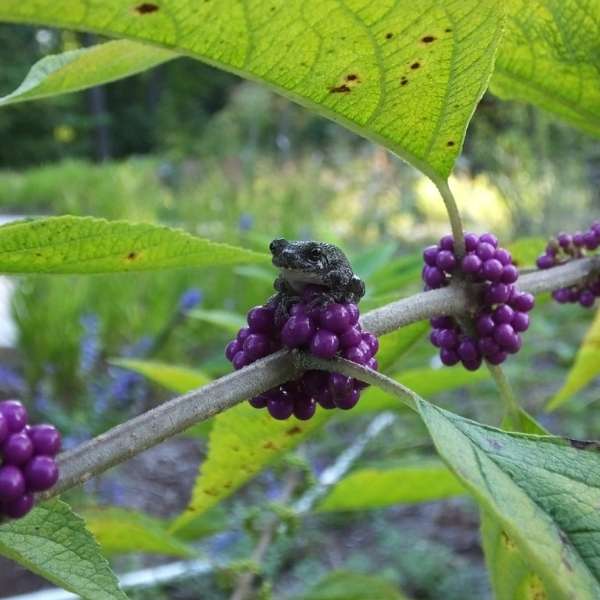
We’d like to maintain accurate and robust plant listings. If you see information that is not correct or that could be added to improve the listing, please let us know. Or if you’d like to suggest a plant to add to our plant guide, you can use this form do so. Thank you!
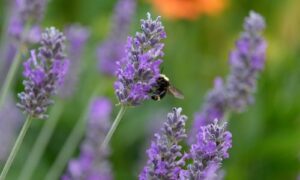
Check out our list of local wildlife-supporting plant stores and nurseries, organizations, and community science opportunities.
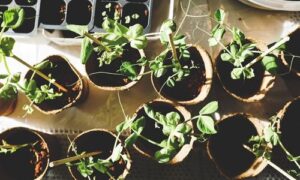
Gardeners can check out seeds for free from the library to plant. Then after harvest, gardeners bring seeds back to the library for others to enjoy in future growing seasons.
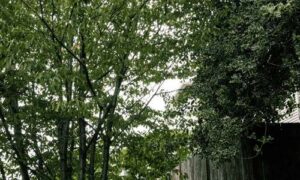
The plants, animals, fungi, microbes, and other natural features that make up “urban habitat” are important to the character, function, and livability of cities.
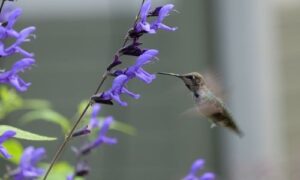
Protecting the trees and other vegetation that what we currently have is perhaps the most important way to ensure biodiversity in cities.
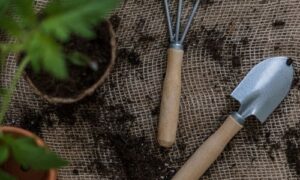
New types of vegetation can attract additional wildlife to an area. You might be surprised how a little green can go a long way!
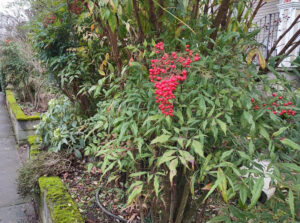
Some introduced plant species can diminish biodiversity. Other plants produce poisons that can harm wildlife. Learn what plants to avoid when figuring out what to plant or remove in your outdoor space.
Nature of Your Neighborhood is a collaboration between Birds Connect Seattle, the Capitol Hill EcoDistrict, and the Seattle Bird Conservation Partnership. Our goal is to foster relationships between the people and the nature of their neighborhoods.